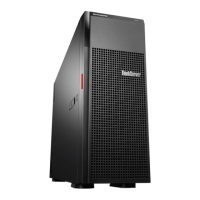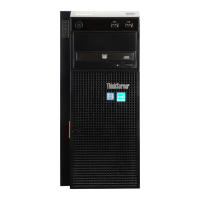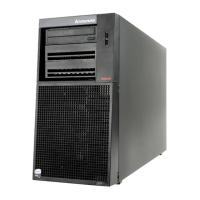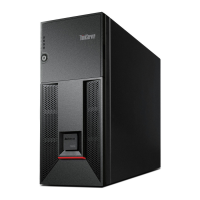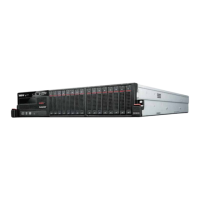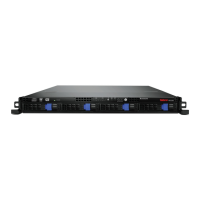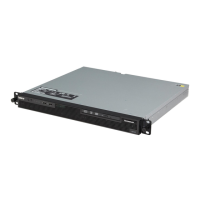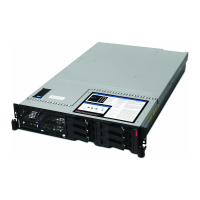3. In the Disc Found window, select Skip, and then press Enter.
4. In the RED HAT window, click Next.
5. Select the language that you want to use during the installation process and click Next.
6. Select the appropriate keyboard layout for the system and click Next.
7. Select the type of devices for the installation and then click Next. The following steps are based on the
scenario that Basic Storage Devices is selected in this step.
Notes:
• If the Storage Device Warning window is displayed, select Yes, discard any data. If a message
prompts that at least one operating system installation has been detected on your system, configure
the setting as you need. Then, click Next. The following steps are based on the scenario that you
select Fresh installation.
• If the operating system is installed on a SAN through an ISCSI card, select Specialized Storage
Devices and click Next. Then, select SAN in the Other SAN Devices area and click Next.
• If the operating system is installed on a SAN through a FCOE card, select Specialized Storage
Devices and click Next. Then, select SAN in the Basic Devices area and click Next.
8. Type a name for your server. Then, click Next.
9. Specify your time zone by selecting the nearest city in your time zone. Then, click Next.
10. Personalize the server by typing the root password for the root user account. Then, click Next.
Note: If a message prompts you that the password is weak, click Use Anyway.
11. By default, a partition is already selected for you to install the operating system. If you want to create a
partition manually, select the option as you need and then click Next.
Note: The following steps are based on the scenario that Create Custom Layout is selected in this
step.
12. In the Please Select A Device window, create a partition as you need and then click Next. The following
steps are based on the scenario that a 20 GB root partition, a 1024 MB boot partition, and a 1024 MB
swap partition are created.
• To create a drive partition, do the following:
a. Click Create and select Standard Partitioning. Click Create.
b. In the Add Partition window, select the forward slash / from the Mount Point drop-down list box.
c. Select Ext4 from the File System Type drop-down list box.
d. In the Allowable Drives area, select the hard disk drive for operating system installation. The
following steps are based on the scenario that sda is selected in this step.
e. In the Size (MB) area, type 20000 and then click OK. The root partition is created.
f. Go back to the partition window. Click Create and select Standard Partitioning. Click Create.
g. In the Add Partition window, select the forward slash /boot from the Mount Point drop-down list
box.
h. Select Ext4 from the File System Type drop-down list box.
i. In the Allowable Drives area, select the hard disk drive for operating system installation. The
following steps are based on the scenario that sda is selected in this step.
j. In the Size (MB) area, type 1024 and then click OK. The boot partition is created.
k. Go back to the partition window. Click Create and select Standard Partitioning. Click Create.
l. In the Add Partition window, select the forward slash swap from the Mount Point drop-down list
box.
Chapter 2. Installing an operating system in legacy mode 39

